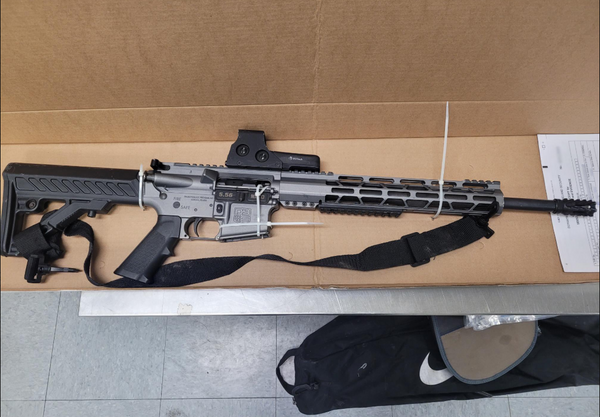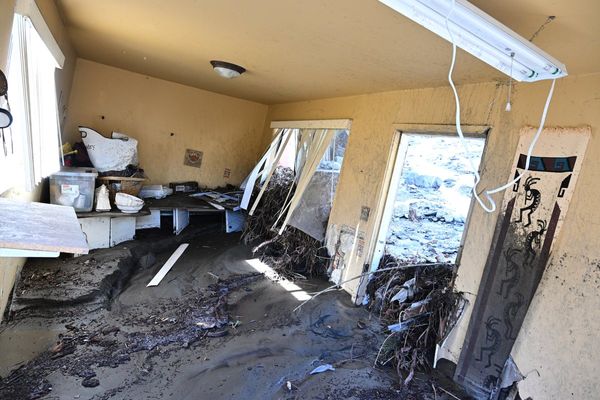
For couples with two incomes and no kids, it’s easy to feel financially confident. With fewer day-to-day expenses and more discretionary income, many DINK households make big purchases under the banner of “investing in comfort” or “rewarding hard work.” But not every so-called smart financial move pays off in the long run. From over-the-top upgrades to lifestyle luxuries that quietly drain savings, some choices that look practical at first glance eventually feel like costly regrets. Understanding these pitfalls can help couples maintain financial freedom without sacrificing long-term goals.
1. Oversized Homes for “Future Flexibility”
One of the most common missteps among DINK households is buying a house that’s larger than they truly need. The reasoning sounds smart—extra space for guests, hobbies, or “future possibilities.” However, the reality often includes higher property taxes, insurance, utilities, and maintenance costs. Empty rooms can become clutter magnets or simply unused space that costs thousands each year. Unless homeownership aligns with clear lifestyle goals, it’s better to invest in a manageable, efficient space that fits current needs instead of hypothetical ones.
2. Luxury Cars Purchased as “Rewards”
With no childcare or tuition expenses, DINK households often justify splurging on luxury vehicles as a reward for financial success. While a premium car can feel like a status upgrade, it’s one of the fastest depreciating assets money can buy. High-end vehicles come with expensive insurance, maintenance, and repair costs that can quickly snowball. Even leasing doesn’t protect against ongoing financial drain—it just spreads it out. A reliable midrange car or a certified pre-owned model can deliver the same convenience without sabotaging savings goals.
3. Vacation Homes That Sit Empty
The idea of owning a second property in a favorite destination sounds appealing, especially for couples who love to travel. But vacation homes often become one of the most expensive regrets for DINK households. Between property taxes, management fees, and upkeep, the costs can outweigh the actual time spent enjoying the home. Renting it out seems like a solution, but short-term rentals come with their own headaches—wear and tear, regulations, and inconsistent occupancy. For most couples, renting luxury stays when desired is far more cost-effective than maintaining a property they rarely use.
4. High-Tech “Smart” Home Devices Everywhere
It’s easy to get swept up in the convenience of automation—smart locks, lighting systems, voice assistants, and connected appliances. These gadgets promise efficiency, but they also add ongoing costs and complications. Subscription services, software updates, and compatibility issues often make them more frustrating than helpful. Over time, DINK households realize that convenience can become clutter, especially when devices age quickly or lose manufacturer support. Investing selectively in tech that truly enhances daily life—rather than impresses guests—keeps both budgets and sanity intact.
5. Premium Subscriptions That Multiply Quietly
Streaming services, meal kits, gym memberships, and online learning platforms may seem inexpensive individually, but together they form a steady drain. DINK households are especially vulnerable because they have disposable income and a desire for convenience. What begins as a handful of $10 to $20 monthly subscriptions can snowball into hundreds per month without notice. Many couples justify these as “lifestyle investments” until they realize they’re paying for services rarely used. A quarterly audit of all recurring expenses can reveal how many so-called smart purchases have turned into digital clutter.
6. Costly Pets Treated Like Children
Without kids, some couples channel their nurturing instincts into pets—often splurging on premium breeds, organic food, and elaborate accessories. While there’s nothing wrong with loving your animals, DINK households can easily underestimate the lifetime cost of pet ownership. Vet bills, boarding fees, and insurance plans can total tens of thousands over time. Exotic pets or high-maintenance breeds come with even steeper expenses. Choosing responsibly and budgeting for long-term care helps ensure affection doesn’t turn into financial regret.
Why “Smart” Spending Still Requires Strategy
For DINK households, financial freedom can be both a gift and a temptation. Having two incomes and no dependents creates room for indulgence—but without intentional planning, those purchases can quietly erode wealth. The key isn’t avoiding comfort or luxury but aligning spending with purpose and long-term stability. By viewing major decisions through the lens of value and sustainability, couples can keep enjoying their flexibility while still building a strong financial foundation. Smart spending should simplify life, not complicate it.
What purchases have you seen DINK households regret the most? Have you made any financial choices you’d rethink today? Share your thoughts in the comments below!
What to Read Next…
Why So Many DINKs Are Quietly Regretting Buying a Vacation Home
7 Financial Moves DINK Couples Regret Not Making Sooner
7 Pet Expenses That Rival the Cost of Raising Children
Why Dual-Income Households Are Still Broke (And How to Fix It)







